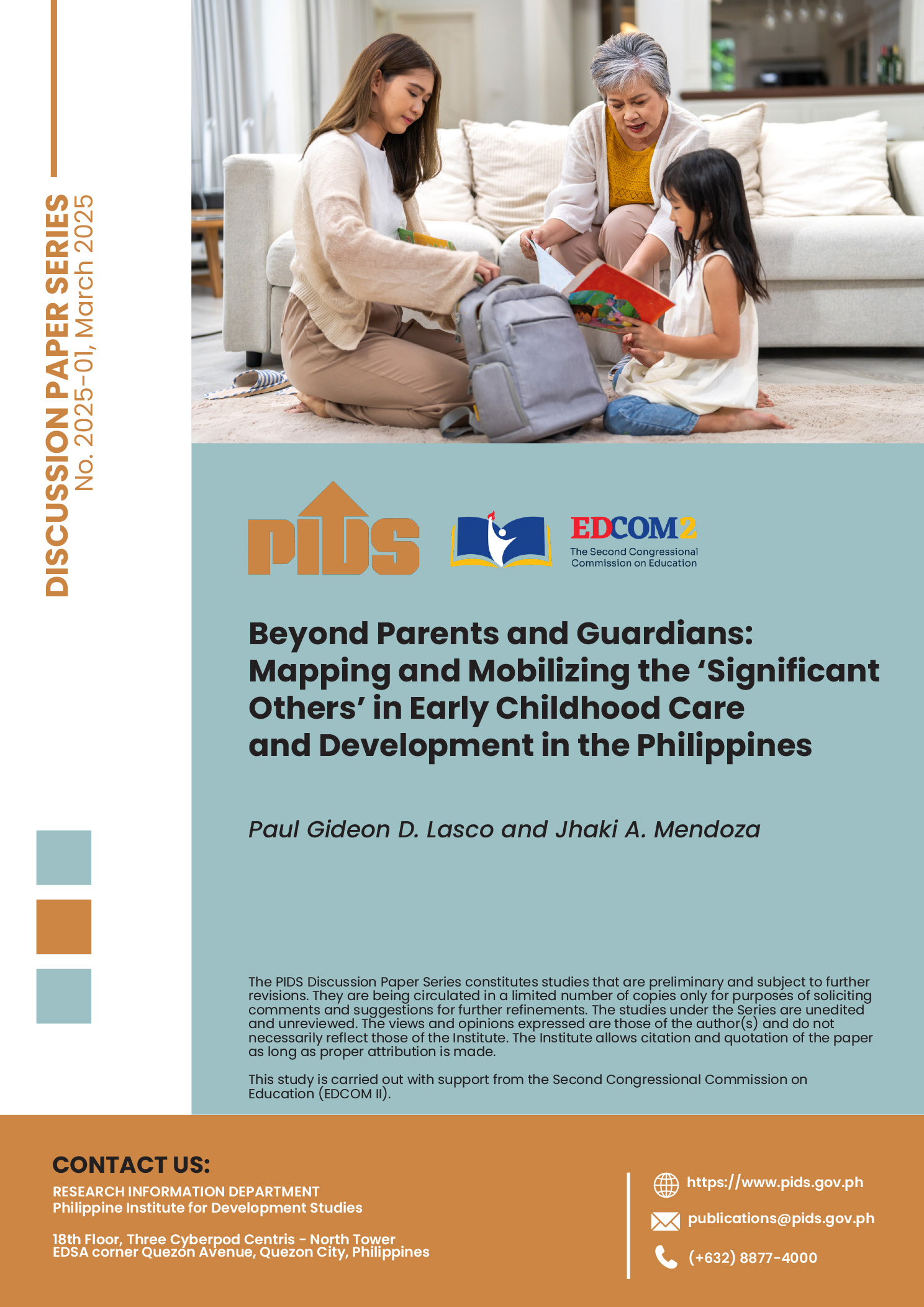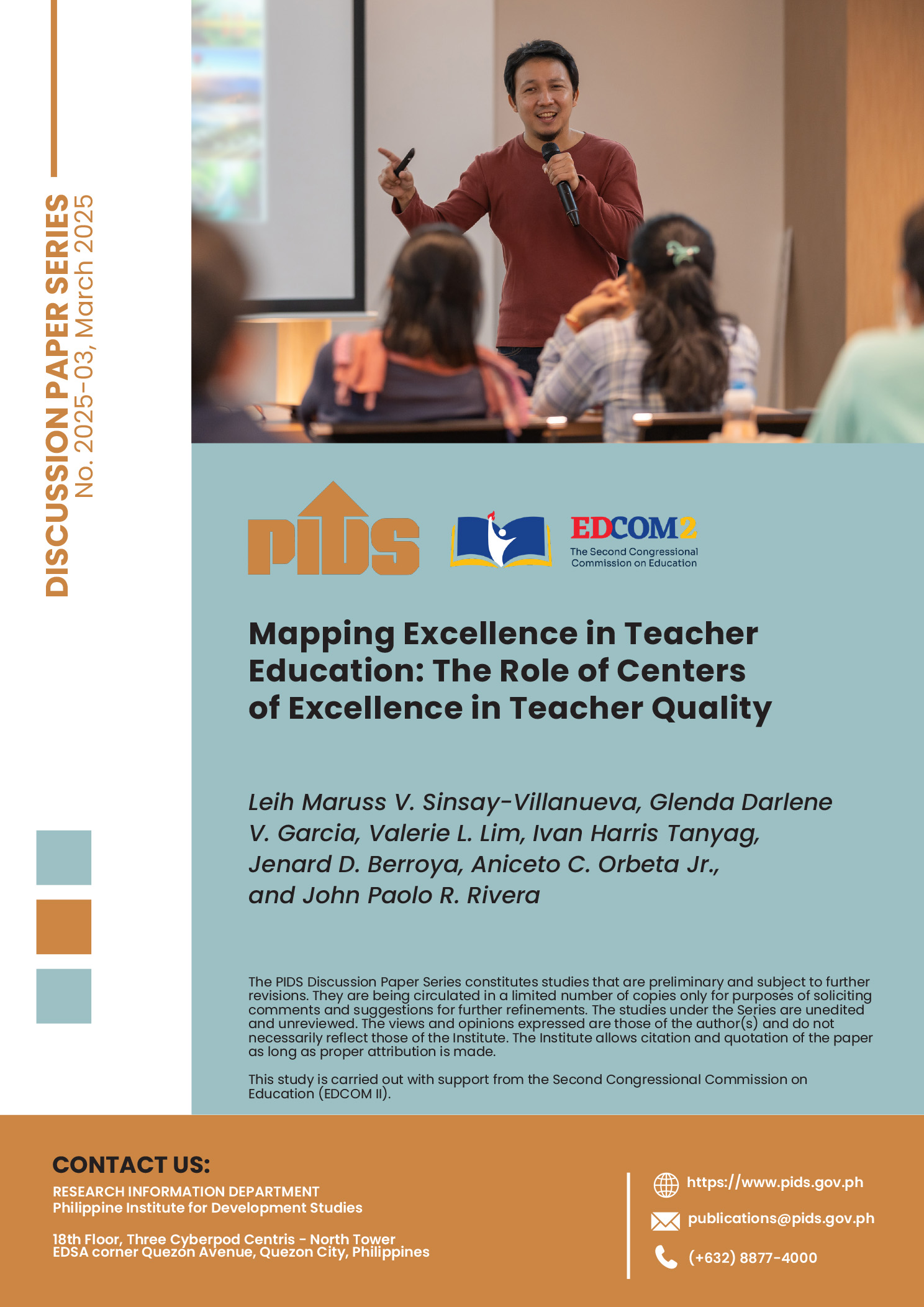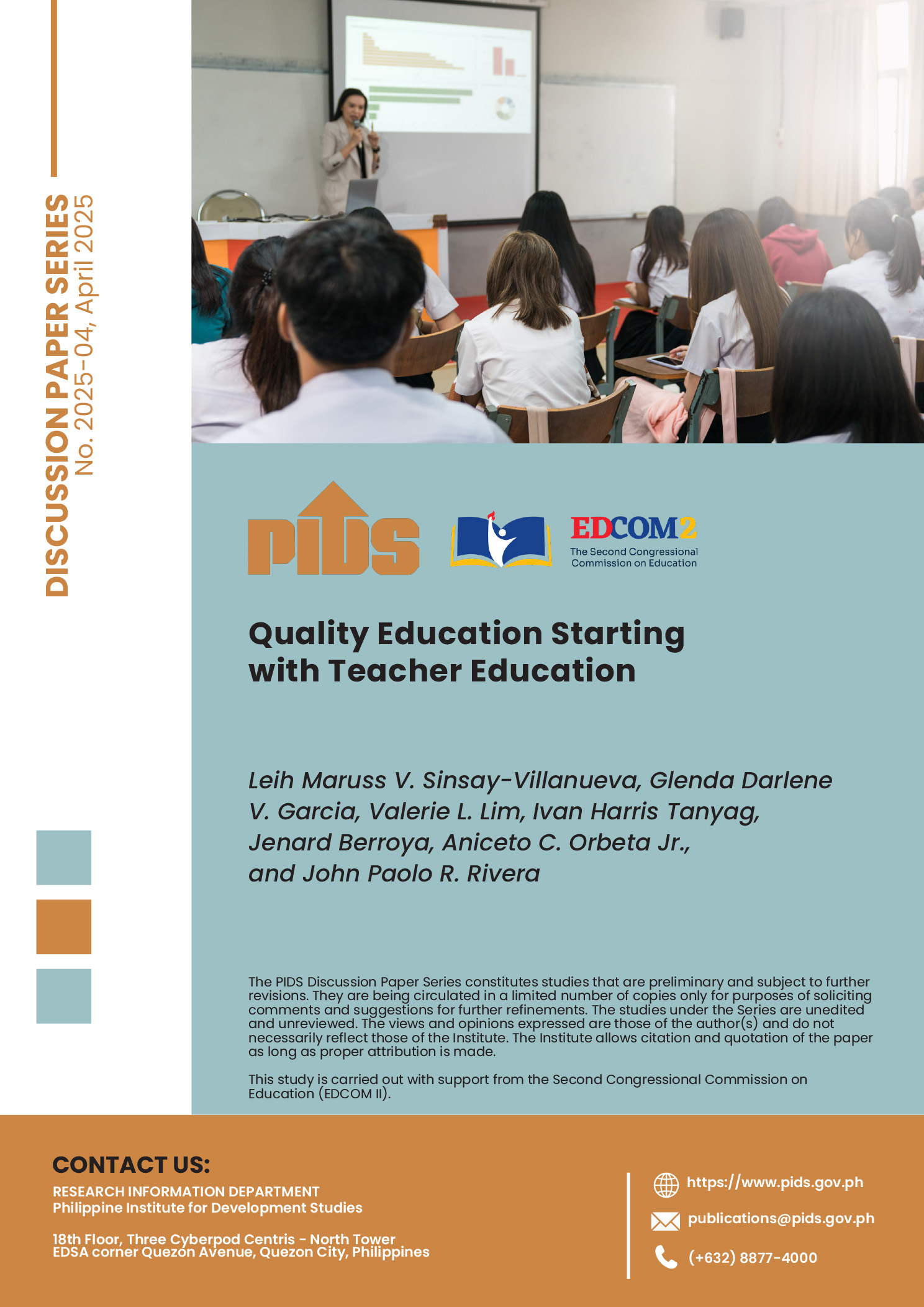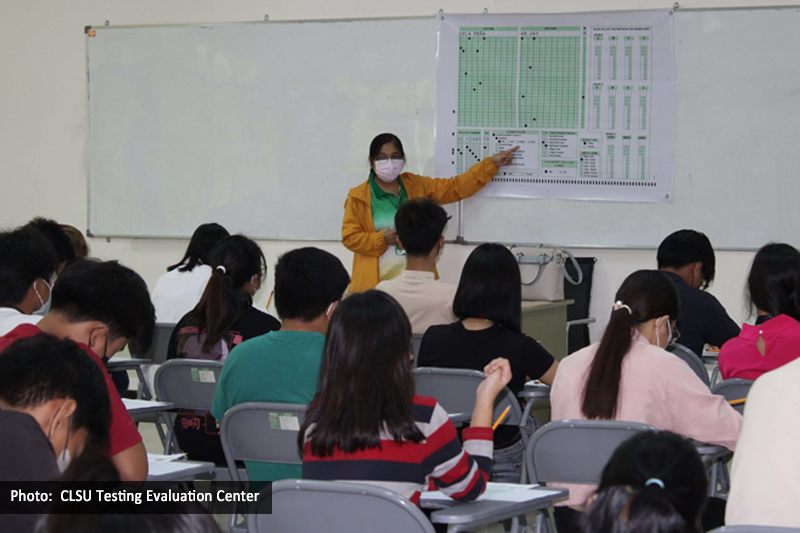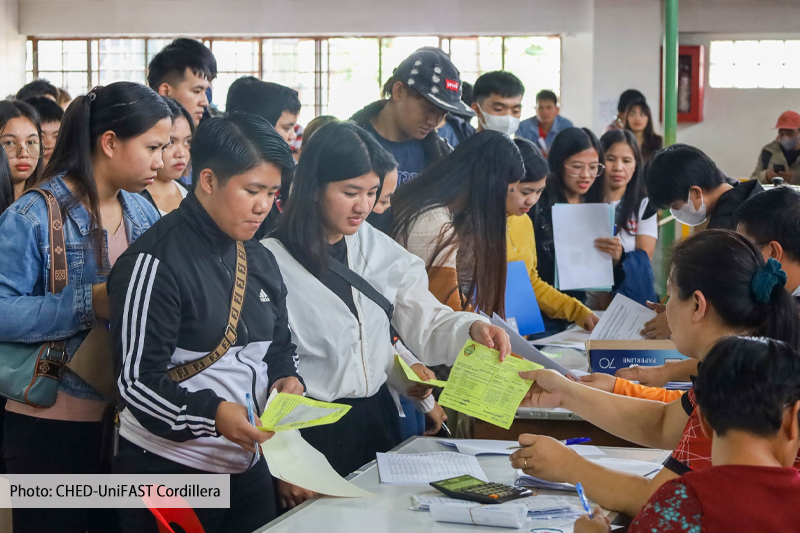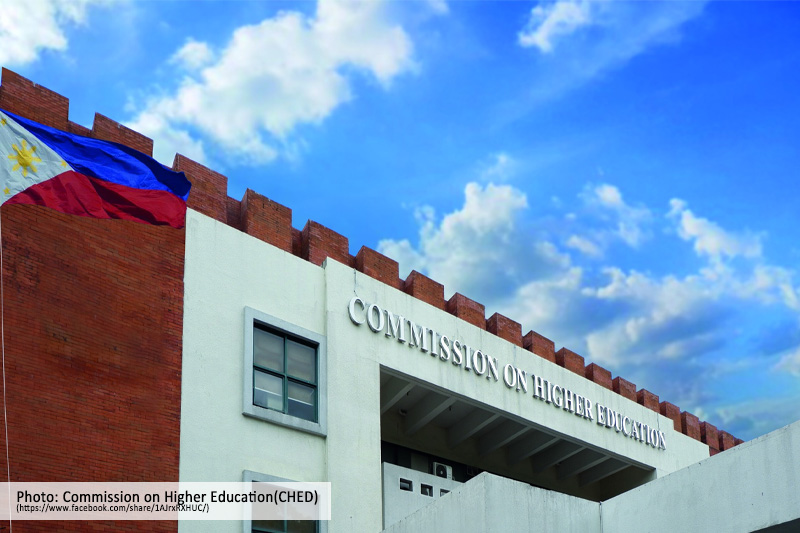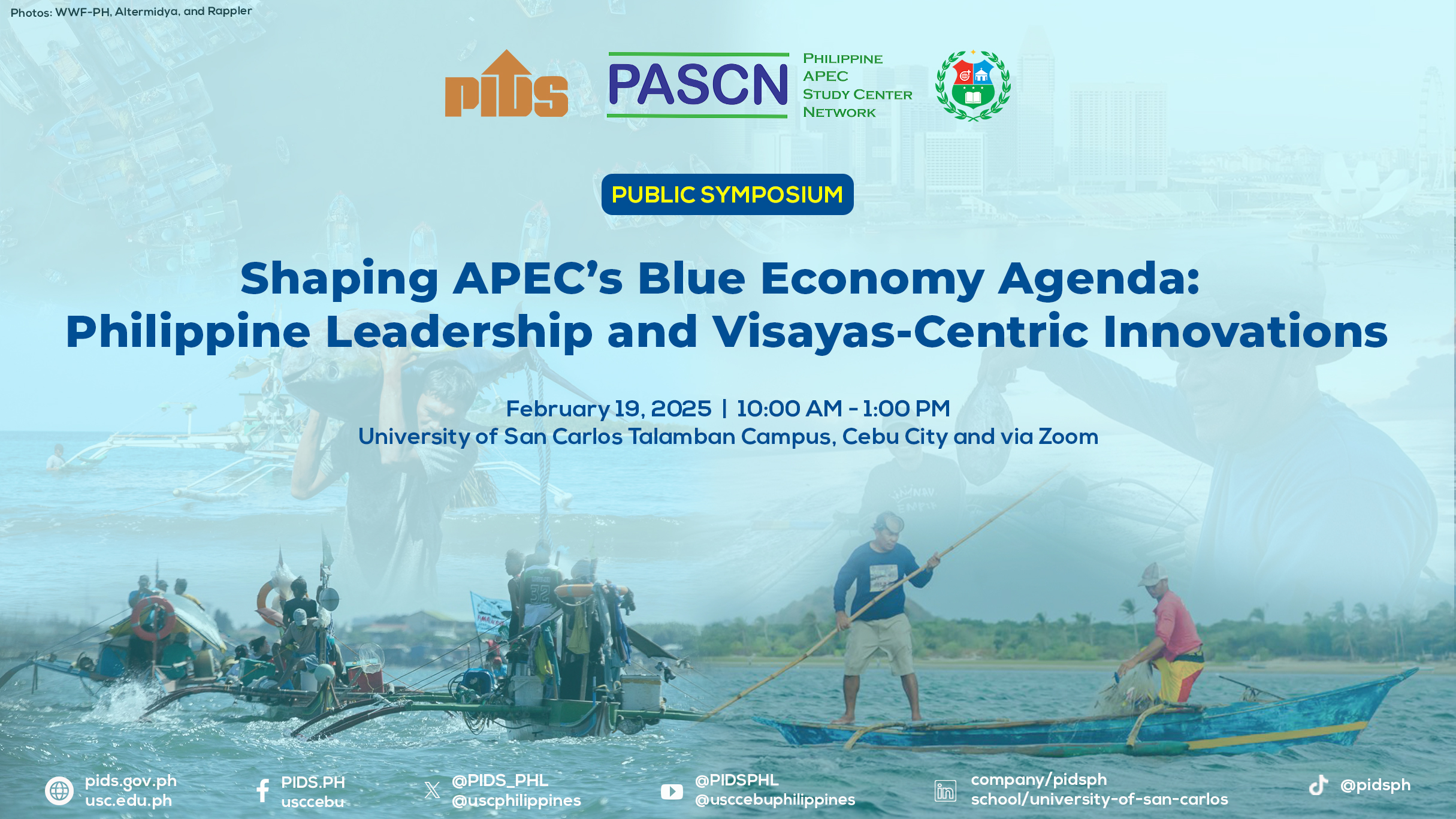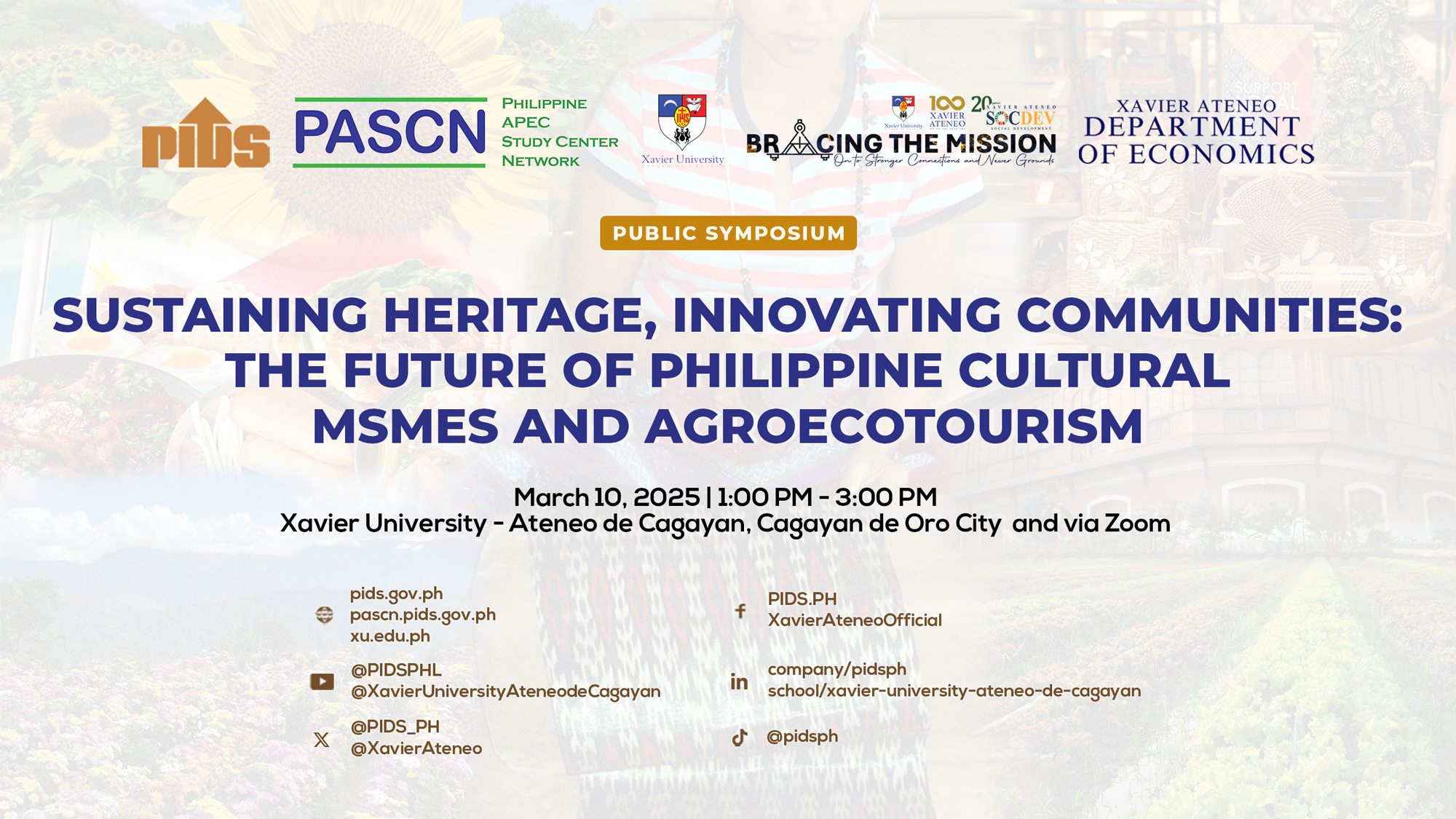Conversation is essential when it is about cheap and reliable power, connectivity, and infrastructure, and always the flavor of any day, good governance. But unless we put education first in the list of priorities, we might be facing an existential problem. As Elizabeth King of the World Bank pointed out some 13 years ago during that year’s Education World Forum in London, “education is fundamental to development and growth.”
Education is a key component of human capital development, and it cuts across different sectors and concerns for possible constraints to economic growth. The human element is ever present.
It is the human mind that enables development achievements, from health advances and agricultural innovations to efficient public administration and growth of business. Obviously, the task of those who craft public policy is to unleash the potential of the human mind. As King stressed, “there is no better tool for doing so than education.”
But as early as 20 years before the London Education World Forum, several government officials and development partners from various countries had met to affirm the importance of education on both economic devel-opment and people’s lives. There was affirmation to the extent of declaring “Education for All” as a battle cry. But in subsequent years, while enrolment rose, learning levels remained disappointingly low and many seemed to have been left behind. The call was then transformed to “Learning for All.”
What is important and useful for the future is the knowledge and skill sets that young school children will acquire — not simply their school attendance — that will drive their own ability to land a job, increase their personal productivity, improve their health and well-being and their vital contribution to sustainable and inclusive economic growth.
However, in the case of the Philippines, it looks like the problem is becoming two-fold. The number of school enrollees is declining and the quality of education continues to deteriorate. Unless public policy is decisively overhauled to arrest, mitigate, and reverse their impact on the quality of our labor force, the effectiveness of our political leadership and administration, and the functional literacy of our electorate and the rest of civil society, we shall continue to lag our regional neighbors in many ways.
In September last year, the Philippine Institute for Development Studies (PIDS) reported that even as classes had started for a month, enrollees were still 1.9 million short of the Department of Education (DepEd) target of 28.8 million students for school year 2023-2024. DepEd data show a total enrollment of 26.9 million in public schools, private schools, and state and local universities and colleges. The previous year’s level was 28.4 million.
For the Alliance of Concerned Teachers, the reason is poverty. DepEd data seemed to confirm this. Enrollment rose only in the National Capital Region (NCR) while Western Visayas recorded the biggest drop of 230,000 enrollees. The Philippine Statistics Authority (PSA) had earlier reported that Western Visayas suffered from a poverty incidence of 13.8% in 2021 while the poverty incidence in the NCR was only 2.2%.
Aside from lack of resources to sustain their children’s schooling, poor families also expect their children to contribute to family income. There is a compelling reason for these children to be away from the classrooms.
Thus, PIDS summed up that school drop-out is a serious concern. Prematurely dropping out means a loss of potential productivity. Dropping out increases the cost of reaching the desired level of schooling among the popu-lation. Since the drop-out rate is highest for poor children, it means consigning them to a future low-income path.
The other problem with education in this country is the continued deterioration in its quality. A good take-off point here is the latest finding of the 27th Annual Global CEO Survey of professional services firm Pricewater-houseCoopers (PwC) conducted from October to November 2023. Some 54% of the CEOs of Philippine-based firms are worried about the viability of their business beyond the next 10 years unless they innovate the way they create, deliver, and capture value. The major obstacle cited by 71% of them was the lack of workforce skills. Some 69% are also concerned with the lack of technological capabilities in their companies.
It must be abundantly clear that education and skills training are at the heart of these major business concerns.
As we cited in our GlobalSource Partners report this week, a previous study conducted by several staff of the Bangko Sentral ng Pilipinas (“ASEAN-5 Countries: In Competition for FDI,” by Hazel Parcon-Santos, Maria Rica Amador, and Marie Edelweiss Romarate, 2021) indicated that in Southeast Asia, foreign investors look for good quality of human capital more than the cost of labor — in addition to a good credit rating, improved ease of doing business, and good public governance.
If we are to remain competitive in boosting investment and production in the Philippines, we need to start our intervention early. There is no other overriding reason for the urgency of public intervention than the Program for International Student Assessment (PISA) for 2022 student assessment worldwide. It showed the Philippines ranked only 77th out of 81 countries for 15-year-old learners. This means our young Filipino students possessed low proficiency in reading, mathematics, and science.
In mathematics, for instance, Filipino students scored only 355 points, significantly below the global average of 472 points. In reading, the Philippines’ score was only 347 points, still below the global average score of 476 points. In science, we managed to obtain 356 points compared to the world average of 485 points, low enough to put us in third to the last place.
The implications of these results cannot be swept under the rug.
Only 16% of our students managed to qualify for level 2 proficiency in numbers, significantly below the OECD (Organisation for Economic Co-operation and Development) average of 69%. This means that out of 10 Filipino students, less than two could “interpret and recognize, without direct instructions, how a simple situation can be represented mathematically.” In contrast, nearly nine out of 10 students in Singapore, Macao, Japan, Hong Kong, Taiwan, and Estonia could handle it.
This weak proficiency is also reflected in Filipino students’ performance in reading and science. Less than a quarter can extract the main idea from a text of medium length, and almost none of them can comprehend lengthy texts and deal with more abstract concepts. In science, less than a quarter of them could explain familiar scientific phenomena or draw conclusion based on available data. Almost none of them could apply their knowledge of and about science to a wider variety of situations including unfamiliar scientific phenomena.
It is therefore painful to hear that DepEd officials could only talk about a possible reallocation of confidential funds to its National Learning Recovery Program in reaction to this latest PISA finding last year. This is aimed at closing the so-called learning gaps and assisting K to 12 learners in all public elementary and secondary schools nationwide in achieving established learning standards. We definitely need more than this type of stop-gap measures. We should have started a couple of decades ago with correct instructional materials, more and more competent teachers and supervisors, stronger access to both hard and soft infrastructure, and even moral values instructions to our young students to break the perpetuation of corrupt values systems.
Congress should be aware that some DepEd reports indicate that the Philippines spends an average of only $11,030 per student compared with the average $102,612 per student in the other countries that participated in the PISA assessment. That is less than 11%, and no wonder the Filipinos’ scores were only a fraction of these high performing countries which knew how to invest in human capital.
How does one expect to establish a good trajectory of economic growth in the Philippines when the future members of its labor force are hardly literate, or even the ability of those who will be elected to public office to use science on various public issues is dismally low. It is difficult to imagine future legislators making laws without reading on and understanding research studies that could run into several hundred pages.
Equally important, the PISA for the first time tested students on how well they can use their imagination and creativity to produce and improve on ideas. Young Filipino students registered a mean score of 14 in this creative thinking assessment. This score is well below the OECD average of 33, putting the Philippines along with Albania, Uzbekistan, and Morocco as the lowest scorers. The top five countries were Singapore, Korea, Canada, Australia, and New Zealand. With a score of 41, average Singapore students can be matched by only 3% of all Filipino students.
The Philippines should start thinking about developing human capital with strong academic competencies and the ability to think critically and creatively, with constant retooling and reskilling interventions. This is one critical ingredient to addressing the various constraints to economic growth, and to producing a smart citizenry who would vote on merits and demand accountability in public service. As the American statesman who is on the one-dollar bill put it: “For the best return on your money, pour out your purse into your head.”
That way, the Philippines can stop dreaming about creating something out of nothing.

